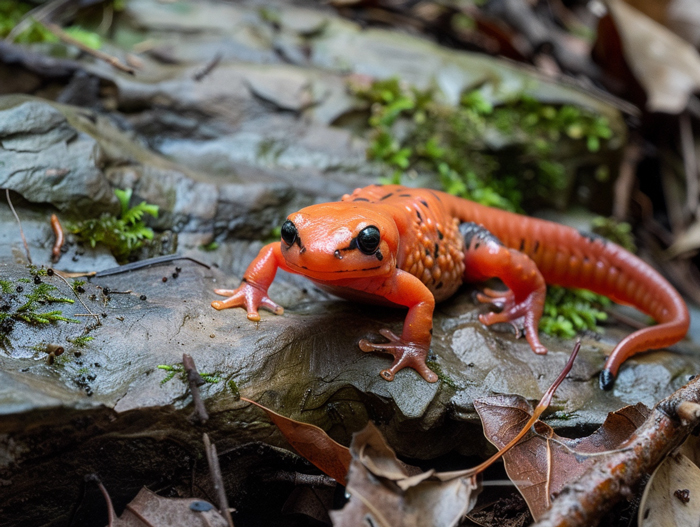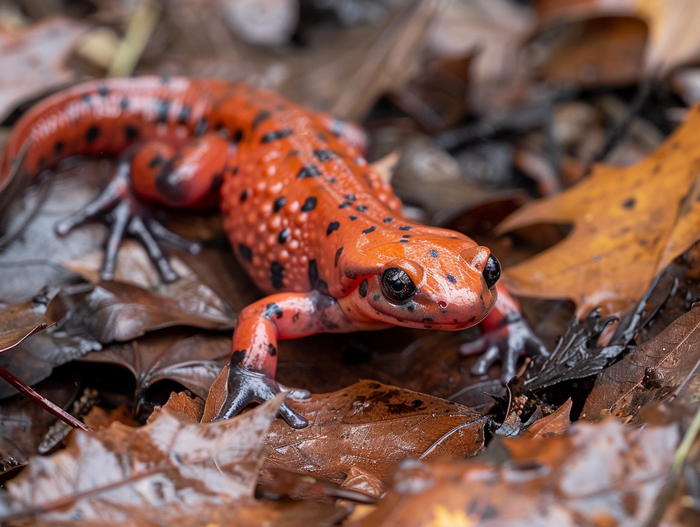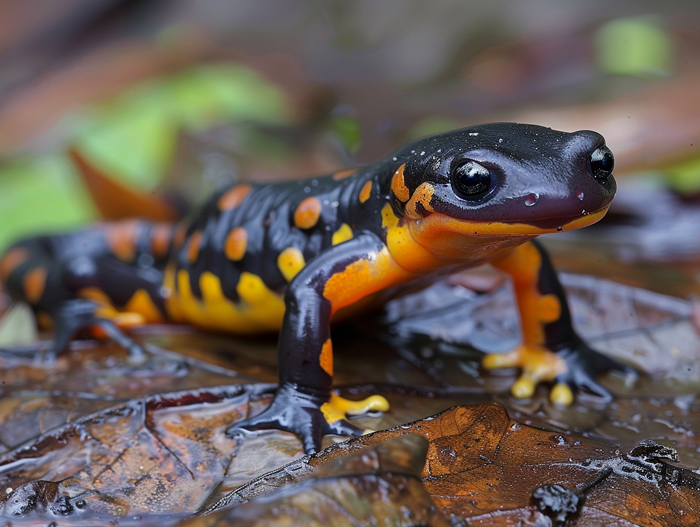Curious about red salamanders and their toxicity? You might be wondering, “Are red salamanders poisonous?” These vibrant creatures are fascinating to observe, but it’s essential to understand the potential risks they pose. Let’s jump into the facts about red salamanders and their toxicity levels.
When it comes to red salamanders, their bright coloration serves as a warning sign in the wild. These amphibians are known for their toxic secretions, which can vary in potency depending on the species. Understanding the potential dangers of interacting with red salamanders is crucial for both your safety and the well-being of these unique creatures.
Key Takeaways
- Red salamanders produce toxic secretions to defend against predators.
- The toxicity levels of red salamanders vary based on the species.
- Handling red salamanders can lead to exposure to their toxins, necessitating caution.
- Red salamanders, despite their small size, can pose risks if mishandled due to their toxic secretions.
- Different salamander species exhibit varying defense mechanisms, with some being poisonous (like red salamanders) and others non-poisonous.
- Understanding the differences between poisonous and non-poisonous salamanders is essential for comprehending their survival strategies in the wild.
Are Red Salamanders Poisonous

Understanding Red Salamanders
- Red salamanders produce toxic secretions to defend against predators.
- The toxicity of red salamanders varies depending on the species.
- When threatened, they secrete toxins through their skin as a defense mechanism.
Identifying Red Salamanders
- Red salamanders are often small, with vibrant red or orange coloration.
- Their distinctive looks serve as a warning to potential predators.
- It’s important to avoid handling red salamanders to prevent exposure to their toxins.
- Red salamanders are sometimes mistaken for harmless creatures due to their bright colors.
- Even though their small size, they can pose a danger if mishandled.
- Understanding the potential risks associated with red salamanders is crucial for safety in their habitats.
Red Salamanders vs. Other Salamander Species
Poisonous Salamander Species

In the area of salamanders, various species possess poisonous traits as a defense mechanism. These salamanders, such as the red salamander, secrete toxins that can deter predators. Their vibrant colors often act as a visual warning, indicating danger to potential threats. Unlike non-poisonous salamander species, these creatures rely on toxins to survive in their natural habitats.
Non-Poisonous Salamander Species
Conversely, non-poisonous salamander species lack the toxic secretions found in their poisonous counterparts. While they may not have the same defense mechanisms, non-poisonous salamanders thrive in different environments. Their survival tactics typically involve camouflage, burrowing, or other means of avoiding predators without the use of toxins.

These distinctions among salamander species underscore the diverse strategies employed by these fascinating creatures for survival in the wild. Understanding the differences between poisonous and non-poisonous salamanders is crucial for appreciating the complexity of these amphibians’ adaptations.
Conclusion
Knowing the distinction between poisonous and non-poisonous salamanders is crucial for understanding their survival tactics. Red salamanders, like other poisonous species, use toxins as a defense mechanism, while non-poisonous salamanders rely on camouflage to evade predators. The vibrant colors of poisonous salamanders act as a warning signal, alerting potential threats to their toxicity. By recognizing these strategies, you gain insight into the diverse ways salamanders adapt to their environments. Stay informed about the intriguing area of salamanders to appreciate the intricate balance of nature’s defenses.

Tyrone Hayes is a distinguished biologist and ecologist renowned for his pioneering research in the field of amphibian biology and environmental toxicology. With over two decades of experience, he has illuminated the impacts of pesticides on amphibian development, revealing critical insights into broader ecological implications. Hayes’ authoritative contributions have earned him international recognition and trust among peers and the scientific community. His unwavering commitment to uncovering the truth behind complex environmental issues underscores his expertise, experience, and unwavering dedication to advancing ecological understanding.
